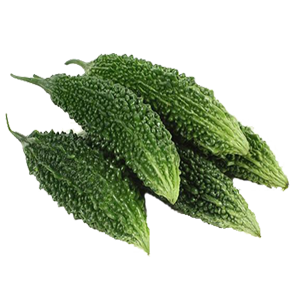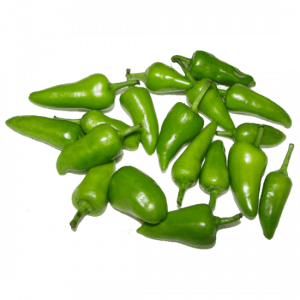Description
Tomater Tomatoes Danmark / Klasse 1
Tomato is a juicy, nutritious fruit commonly eaten as a vegetable, is another wonderful gift of the Mayans to the world. This humble vegetable of Central America has seized the attention of millions of health seekers for its incredible nutritional properties. Interestingly, it has more health-benefiting compounds than that of some popular fruits like apple!
Botanically, tomato belongs to Solanaceae or nightshade family of common vegetables, which also includes chili peppers, potato, eggplant, etc. Its scientific name is Lycopersicon esculentum.
Health benefits:
-Tomatoes are one of the low-calorie vegetables; hold just 18 calories per 100 g. They are also very low in fat contents and have zero cholesterol levels. Nonetheless, they are excellent sources of antioxidants, dietary fiber, minerals, and vitamins. On account of their all-round qualities, dieticians and nutritionists alike often recommend them in cholesterol controlling and weight reduction diet programs.
-The antioxidants present in tomatoes are scientifically found to be protective against cancers, including colon, prostate, breast, endometrial, lung, and pancreatic tumors. Total -ORAC (Oxygen Radical Absorbance Capacity) in this vegetable is 367 µmol TE/100 g.
-Lycopene, a flavonoid antioxidant, is a unique phytochemical compound found in the tomatoes. Red variety fruits tend to possess more of this antioxidant. Together with carotenoids, lycopene may help protect cells and other structures in the human body from harmful oxygen-free radicals. Studies show that lycopene protects the skin from ultra-violet (UV) rays and thus offers some defense against skin cancer.
-Zea-xanthin is another flavonoid compound present abundantly in this vegetable. Zeaxanthin helps protect eyes from “age-related macular related macular disease” (ARMD) in the older adults by filtering harmful ultra-violet rays.
-It contains very good levels of vitamin-A, and flavonoid antioxidants such as a and ß-carotenes, xanthins and lutein. Altogether, these pigment compounds are found to have antioxidant properties and take part in night-vision, maintenance of healthy mucosa and skin, and bones. Consumption of natural vegetables and fruits rich in flavonoids is known to help protect from lung and oral cavity cancers.
-Additionally, they are also a good source of antioxidant vitamin-C (provide 21% of recommended daily levels per 100 g); consumption of foods rich in vitamin-C helps the body develop resistance against infectious agents and scavenge harmful free radicals.
-Fresh tomato is very rich in potassium. 100 g contain 237 mg of potassium and just 5 mg of sodium. Potassium is an important component of cell and body fluids that helps controlling heart rate and blood pressure caused by sodium.
-Further, they carry average levels of vital B-complex vitamins such as folates, thiamin, niacin, riboflavin as well some essential minerals like iron, calcium, manganese and other trace elements.
Nutrition Information:
| Principle |
Nutrient Value |
Percentage of RDA |
| Energy |
18 Kcal |
1% |
| Carbohydrates |
3.9 g |
3% |
| Protein |
0.9 g |
1.6% |
| Total Fat |
0.2 g |
0.7% |
|
|
|
| Dietary Fiber |
1.2 g |
3% |
|
|
|
|
|
|
|
|
|
|
|
|
|
|
|
|
|
|
|
|
|
|
|
|
|
|
|
|
|
|
|
|
|
|
|
|
|
|
|
|
|
|
|
|
|
|
|
|
|
|
|
|
|
|
|
|
|
|
|
|
|
|
|
|
|
|
|
|
|
|
|
|
Related

















Reviews
There are no reviews yet.